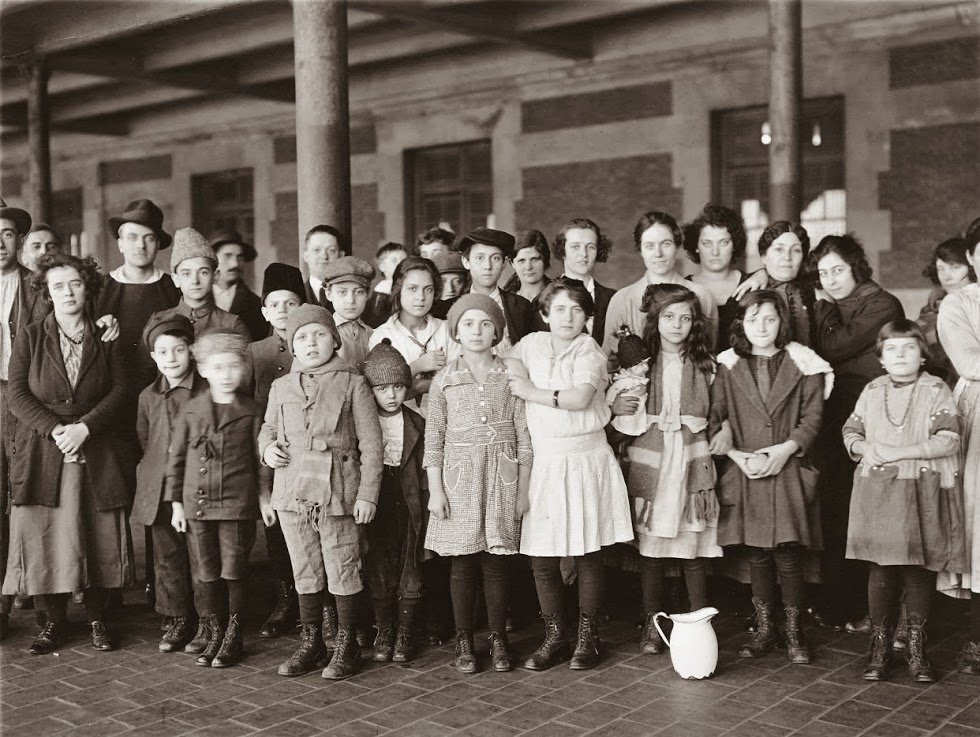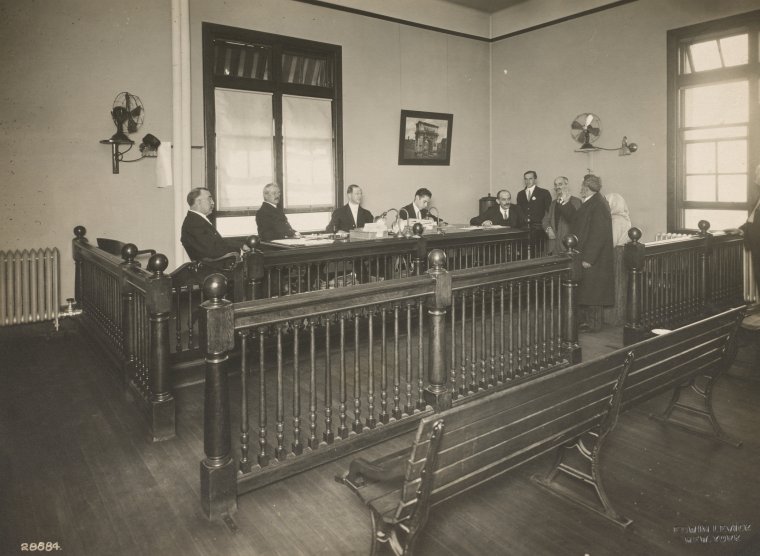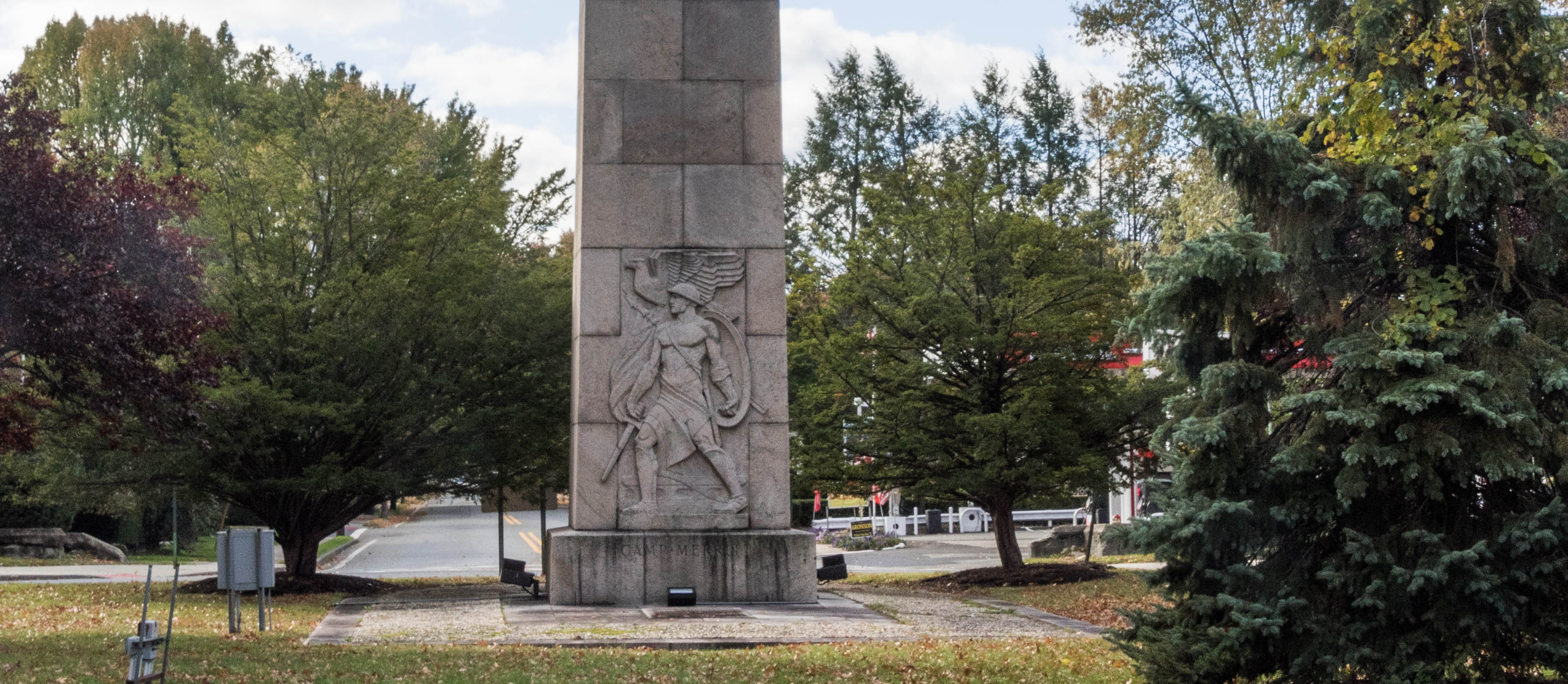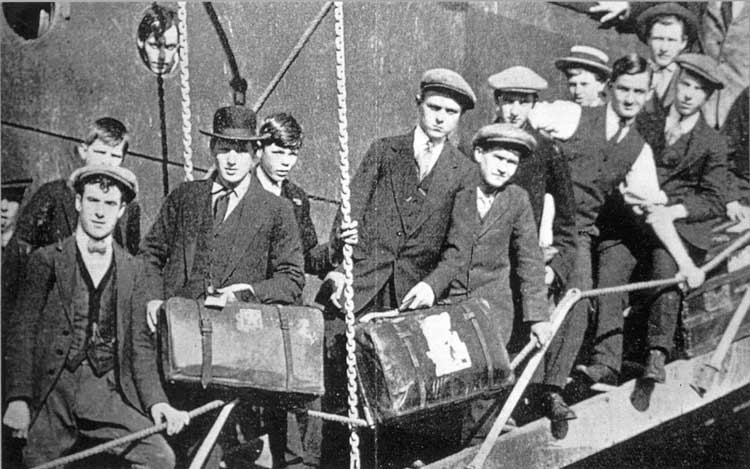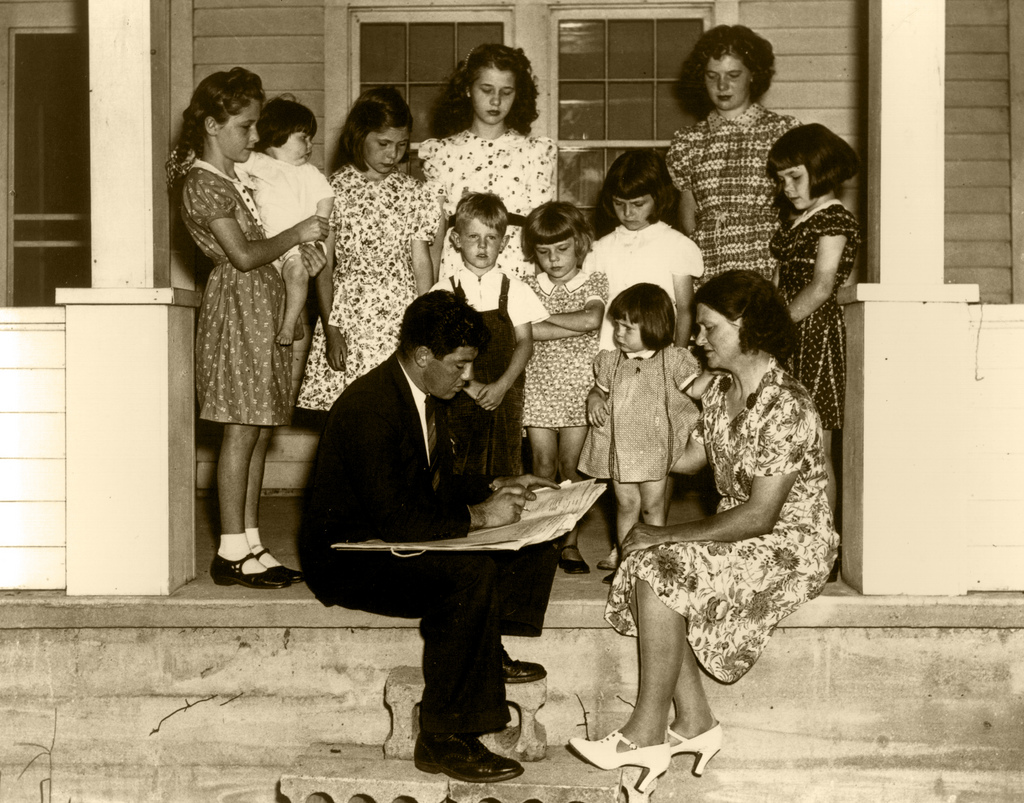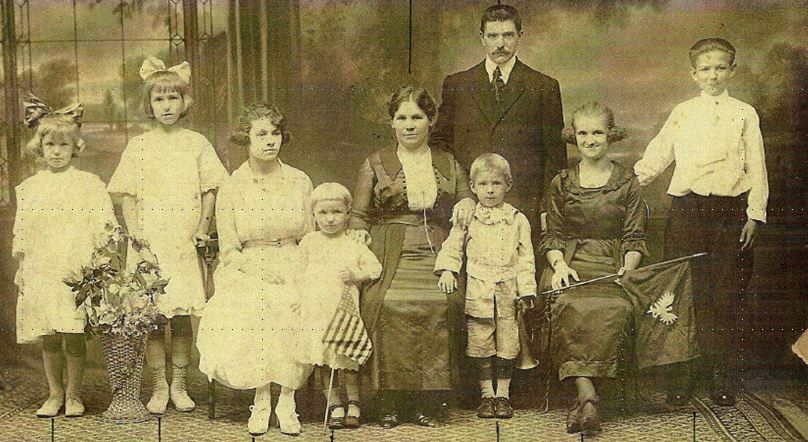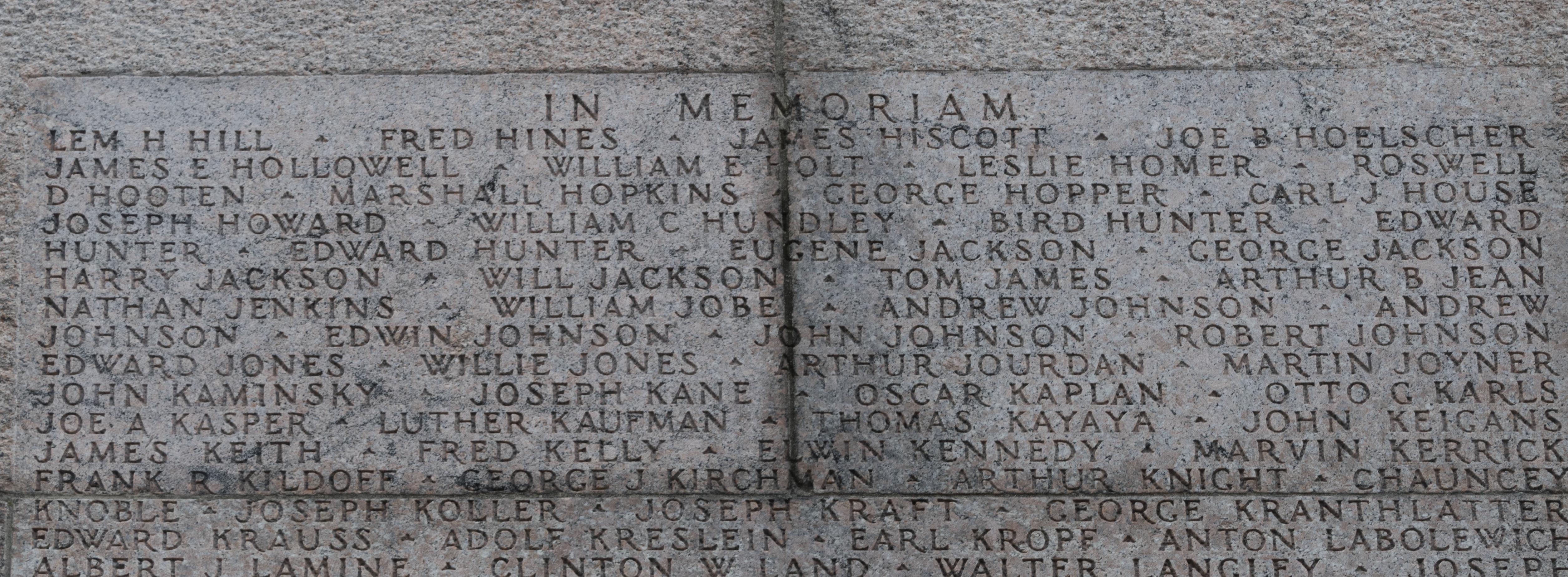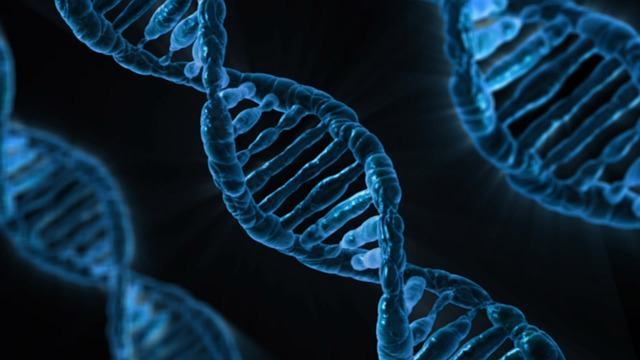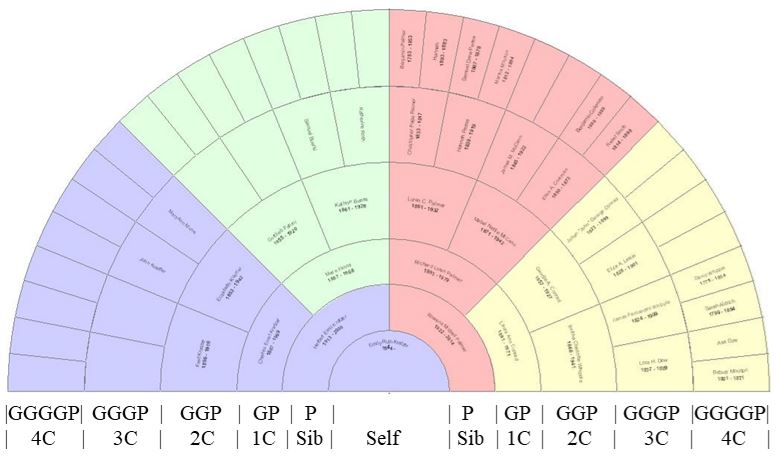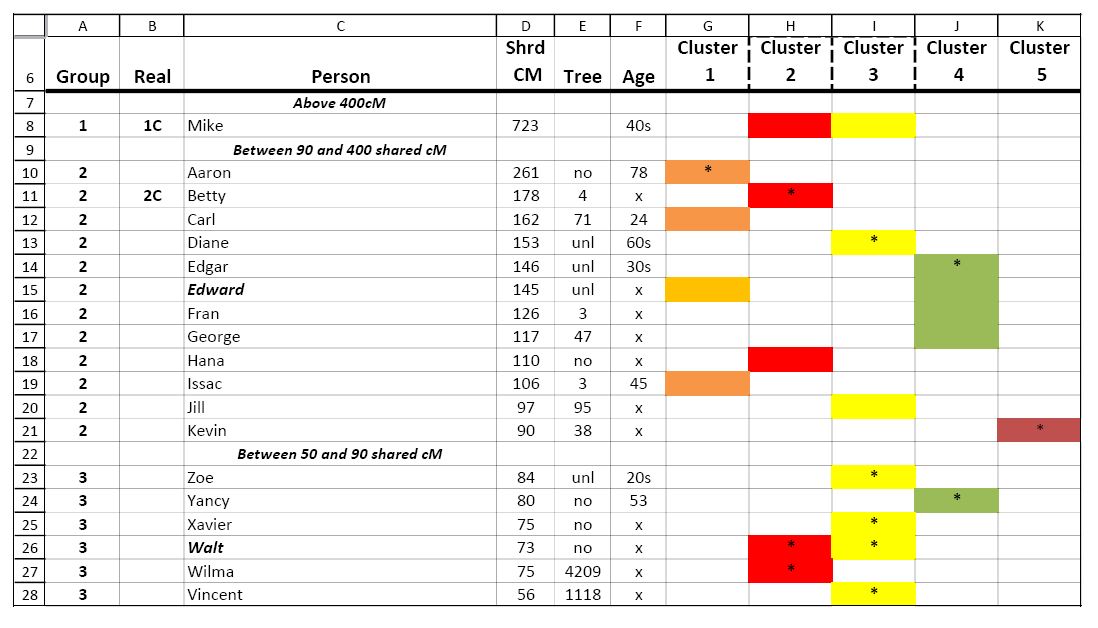The Speaker
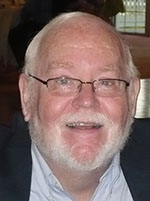
Fred Voss is a professional genealogist, researcher, and educator. He has been doing personal genealogy since 1990 and is a Trustee and Education Chair for the Genealogical Society of Bergen County. His areas of interest are Germany, Switzerland, and New Hampshire, with special interest in DNA, Artificial Intelligence, Immigration, and Naturalization.
Mr. Voss is a certificate holder of the Boston University Genealogical Research Certification program (OL13). He is a member of the Association of Professional Genealogists and the International Society of Genetic Genealogists as well as various regional societies.
He formerly volunteered for over 9 years as a tour guide at Ellis Island, leading both historical and photographic tours of the abandoned hospitals on the south side of the island (SaveEllisIsland.org).
Mr. Voss is a popular and sought after speaker in the tri-state area. His lectures have been featured at the New York Public Library, the Genealogical Society of Bergen County, the Monmouth Genealogical Society, the Passaic County Genealogical Club, the German Genealogical Society, and the Jewish Genealogical Society of Long Island. He teaches Introductory Genealogy and DNA and Genealogy at Bergen County Community College in Paramus, New Jersey.
He graduated from Boston College with a BA in Mathematics. He has spent his career working for and with software startup companies such as Netscape Communications, Sun Microsystems, and Oracle. His technical area of specialization was Internet Identity and Internet Security.
Fred Voss can be contacted at "fvoss22 at verizon.net".
Previous Speaking Engagements
- Family History 101, Lifelong Montclair, Montclair, NJ
- Introduction to Genealogy, Bergenfield Public Library, NJ
- Family History 101: Parts 1 thru 4, Bergen Community College, Paramus, NJ
- Stories From Ellis Island, Valley Hospital. Mahwah, NJ
- Organizing Your DNA Matches Using the Leeds Method, Passaic County Historical Society, Clifton, NJ
- Artificial Intelligence and Genealogy, WT Genealogy Group, Washington Tonwship PL, NJ
- Stories From Ellis Island, Part 2, Florham Park Historical Society, Florham Park, NY
- Introduction to Ancestry Library Edition, Maywood Public Library
- Artificial Intelligence and ChatGPT, Parts 1 and 2, Bergen Community College, Paramus, NJ
- Researching Ship Manifests, Long Branch Public Library, Long Branch, NJ
- Organizing Your Genealogy Files, Ridgewood Public Library, Ridgewood, NJ
- Putting Genes into Your Genealogy: Getting Started with DNA: Parts 1 thru 5, Bergen Community College, Paramus, PL, NJ
- Getting Started with Gedmatch, Central Jersey Genealogy Group, Hamilton, NJ

